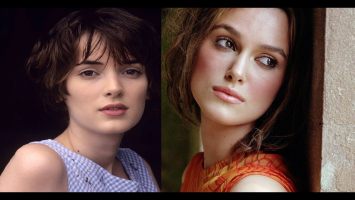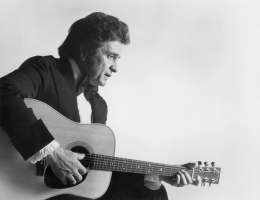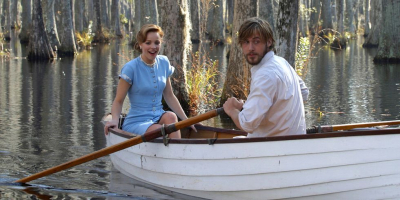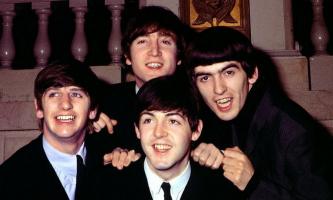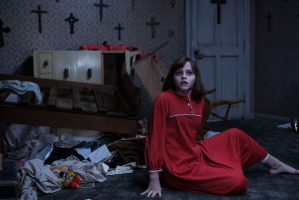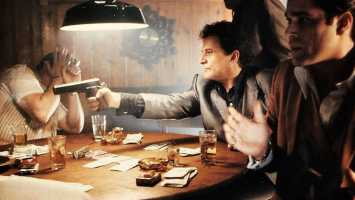Top 10 Best Actresses Of All Time
Actresses are listed according to their acting abilities, success, versatility, and complexity of roles they have played throughout their careers. Accuracy ... read more...is very important when compiling the Top 10 Greatest Actresses of All Time. This list is not based on the personal favorites. They are based on the true greatness and/or success of the person, place, or object being evaluated.
-
Regarded by many as the greatest living actress of all time, Meryl Streep has been nominated for an Academy Award 21 times and has won three. At the New Jersey Summit in 1949, Meryl met commercial artist Mary Wolfe (Wilkinson) and pharmaceutical industry leader Harry William Streep, Jr. to Mary Louise Streep. Her father was of German and Swiss-German descent and her mother was of British, Irish and German descent.
Merrill's early performance ambitions turned to opera. While studying at Vassar, she became interested in acting and after graduating she entered the Yale School of Drama. She brilliantly played Julia (1977), her first film role, and the following year she received her first Oscar nomination for her role in The Deer Hunter (1978). After that, she played Kramer vs. She won an Academy Award for her roles in Kramer (1979) and Sophie's Choice (1982), and she provided a heartbreaking portrayal of a mother imprisoned in a Nazi death camp.
A perfectionist and meticulous and painstakingly prepared for the role, Merrill did many highly regarded roles in great films such as Silkwood (1983) over the next decade; In Africa (1985); Ironweed (1987); and Scream in the Dark (1988). Her career declined slightly in the early 1990s because she couldn't find a suitable role, but in 1995 she rose to the top of her role with Clint Eastwood's married lover in 1995's Bridges in Madison County (1995) and The Prodigal Son. I did. In Marvin's Room (1996). In 1998, she took on her first production and was executive producer on the moving film Do No Harm (1997). A realist, when she talks about her future in films, she says, "...my work remains valid no matter what..."
Born: June 22, 1949 in Summit, New Jersey, USA
Birth Name: Mary Louise Streep
Height: 5' 6" (1.68 m)Oscars: 3
Oscar Nominations: 19
BAFTA Awards: 2
BAFTA Nominations: 14
Golden Globes: 8
Golden Globe Nominations: 29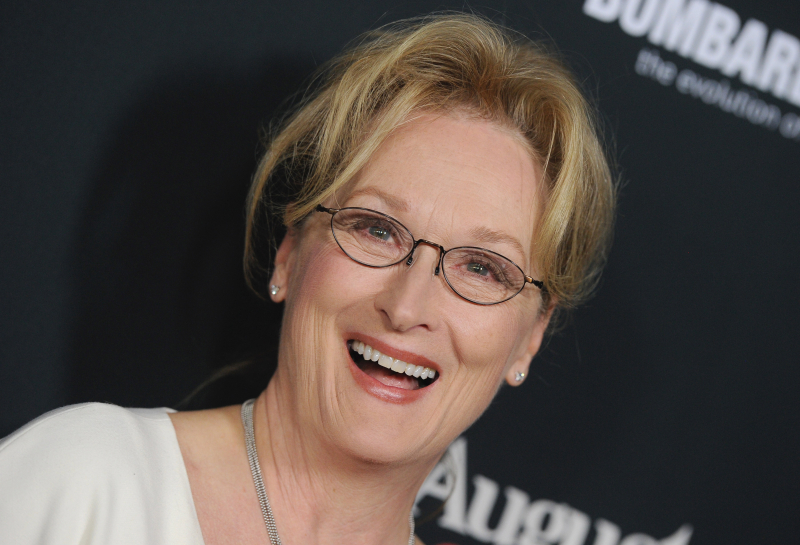
https://th.bing.com/ 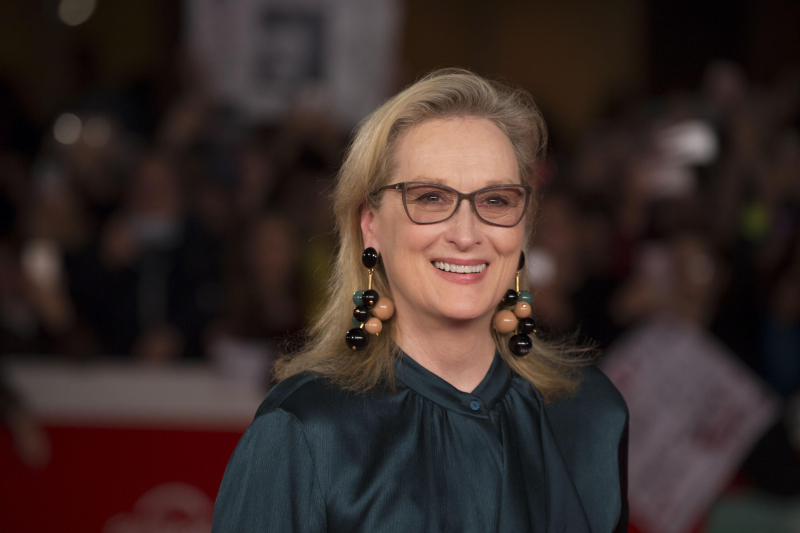
https://th.bing.com/ -
Katherine Hepburn was born on May 12, 1907 in Hartford, Connecticut, the son of a suffragist and physician who has always encouraged her to express her opinions to the fullest and to get the most out of her body. As an athletic tomboy, she was very close to her brother Tom. At 14, she was shocked to learn that he had died by accidentally hanging himself while practicing the hanging trick his father had taught him. Years later, she used his date of birth, November 8, as her birthday. She was shy of girls her age and was mostly homeschooled. She actually decided to become an actress at Bryn More College, appearing in many productions.
After graduating, she started to appear in small roles on Broadway and elsewhere. She is especially in the spotlight for her role in Art and Bottle (1931). She eventually became a star, starring as Amazon Princess Anti-Opere in Warrior's Husband (1932). An inevitable cinematic proposal followed. After several screen tests, she played with John Barrymore in the film "On Divorce" (1932). The film became popular and after RKO agreed to her salary demands, she signed a contract with her. Between 1932 and 1934, she directed five films. In her third film, Morning Glory (1933), she won her first Academy Award. Her fourth painting, Little Women (1933), was her most successful painting of her time.
Born: May 12, 1907 in Hartford, Connecticut, USA
Died: June 29, 2003 in Old Saybrook, Connecticut, USA (natural causes)
Birth Name: Katharine Houghton Hepburn
Nicknames- First Lady of Cinema
- Kate
- The Great Kate
- Kathy
Height: 5' 7½" (1.72 m)
Oscars: 4
Oscar Nominations: 12
BAFTA Awards: 3
BAFTA Nominations: 6
Golden Globes: 0
Golden Globe Nominations: 8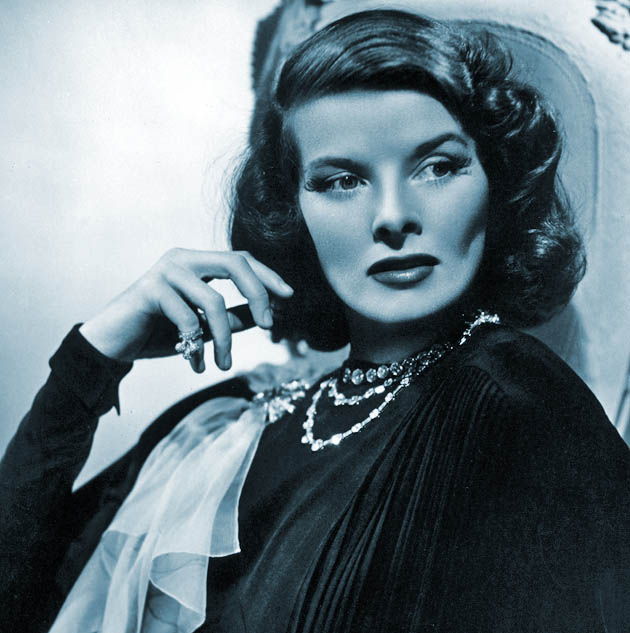
https://th.bing.com/ 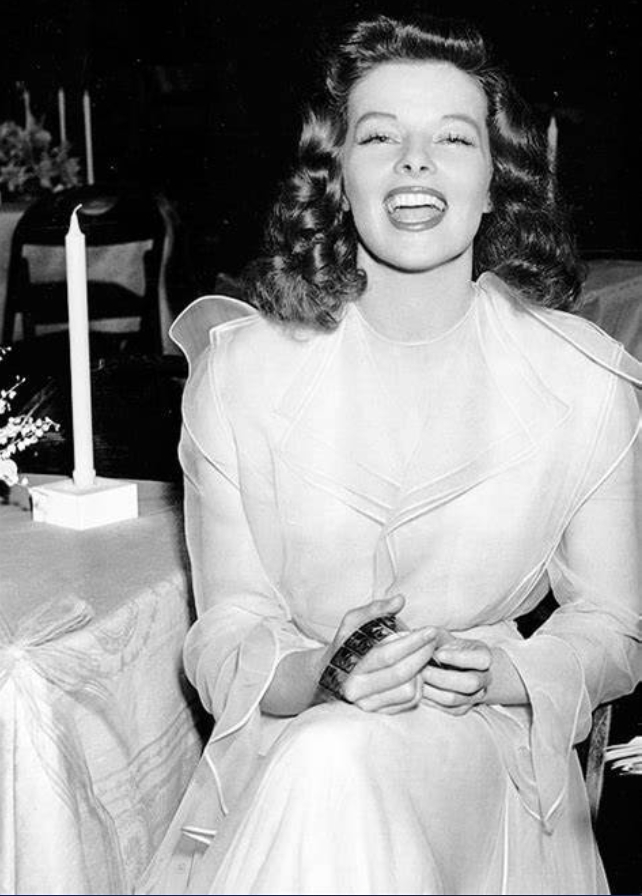
https://th.bing.com/ - First Lady of Cinema
-
Ingrid Bergman is one of the greatest actresses of Hollywood's Golden Age. Her natural, unpretentious beauty and her tremendous acting talent made her one of the most famous figures in her American film history. Bergman is also one of the third most Oscar-winning actresses, behind Katharine Hepburn, along with Meryl Streep and Frances McDormand.
Ingrid Bergman was born on August 29, 1915 in Stockholm, Sweden to Frida Henrietta (Adler), a German woman, and Justus Samuel Bergman, a Swedish father, an artist and photographer. Her mother died when she was 2 years old, and her father died when she was 12 years old. She moved to live with her elderly uncle.
The woman who was going to be a Hollywood star in the 1940s decided to become an actress after graduating from a regular high school. She had a taste for her acting at 17 when she played the role of an unregistered girl in the 1932 Swedish film Landskamp (1932). Her parents died while she was still a girl, and her uncle who lived with her didn't want to interfere with Ingrid's dreams. It will be three more years before she gets another chance to star in a movie. When she did, it was more than just an episode. About the film "Earl of the Old City" (1935), in which she played the role of Elsa Edlund. After several films that made her a great actress, Ingrid starred as Anita Hoffman in Intermezzo (1936). Luckily for her, American producer David O. Selznick saw this and sent a representative from Selznick International Pictures to secure her rights to her plot and sign a contract with Ingrid. After signing the contract, she moved to California and reprized her original role, appearing in the 1939 United Artists remake of the 1936 film Intermezzo (1939). The movie was a hit, and so was Ingrid.
Born: August 29, 1915 in Stockholm, Sweden
Died: August 29, 1982 in Chelsea, London, England, UK (lymphoma complications following a breast cancer operation)
Height: 5' 10" (1.78 m)
Oscars: 3
Oscar Nominations: 7
BAFTA Awards: 1
BAFTA Nominations: 2
Golden Globes: 4
Golden Globe Nominations: 8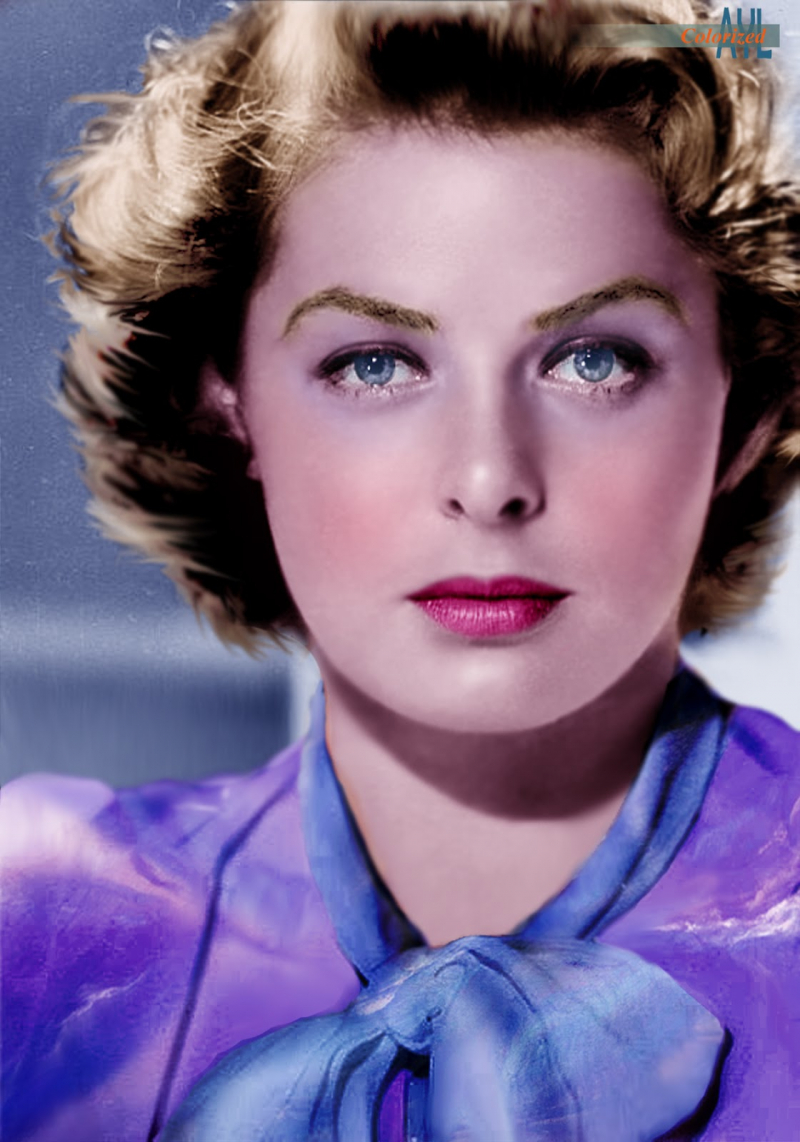
https://th.bing.com/ 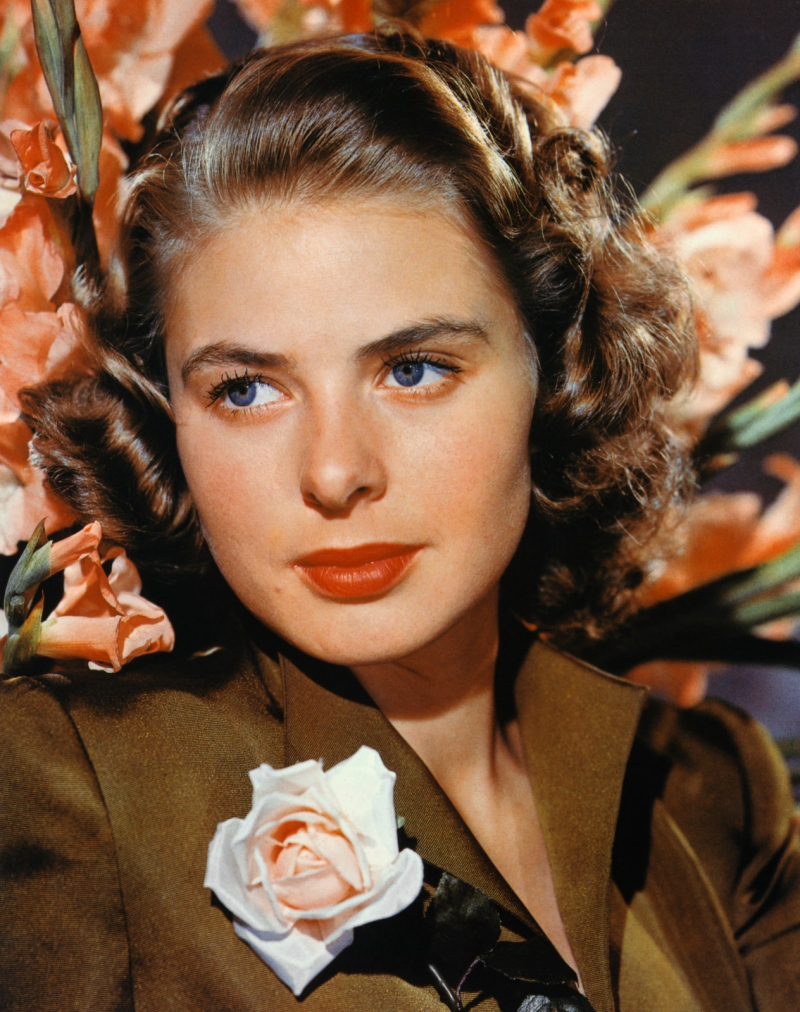
https://th.bing.com/ -
Ruth Elizabeth Davis was born on April 5, 1908 in Lowell, Massachusetts. Her parents divorced when she was 10 years old. She and her sister grew up with their mother. Her early interest was dancing. The dancers found the stage for Betty, who had lived a splendid life, and gave up dancing for the sake of acting. It was a big challenge for her. After graduating from Cushing Academy, she was refused admission to Eva Le Gallien's Manhattan Citizens' repertoire. She attended John Murray Anderson's drama school and was an outstanding student. She was in her off-road play Earth Between (1923) and her Broadway debut in 1929 was Broken Dishes. Furthermore, she also appeared in "Solid South." In late 1930, she was hired by Universal to direct her first film, Bad Sister (1931). When she arrived in Hollywood she left without her because the studio reps going to meet her train couldn't find anyone who looked like her movie star. A spokesperson for Universal complained that she "has the same sex appeal as Slim Summerville," and her performance in her Bad Sister wasn't impressive.
In 1932, Ruth Elizabeth Davis signed a seven-year contract with Warner Brothers Pictures. Their first film with them was The Man Who Played God (1932). After this appearance, she became a star known as an actress who is very powerful and can play many challenging roles. A more successful film followed, but the role of Mildred Rogers in the RKO of On Human Bondage (1934) received much critical acclaim for Betty. She got a lot of votes for an Academy Award for Best Actress, but she didn't win. Warner Bros. She saw it as more than just justifying her seven-year contract with her Bet. They had real stars on their arms. With this success, she began working on more powerful and meaningful roles. In 1935, she won her first Oscar for the role of Dangerous as Joyce Heath (1935).
Born April 5, 1908 in Lowell, Massachusetts, USA
Died October 6, 1989 in Neuilly-sur-Seine, Hauts-de-Seine, France (metastasized breast cancer)
Birth Name Ruth Elizabeth Davis
Nicknames- The Fourth Warner Brother
- The First Lady of Film
Height 5' 3" (1.6 m)
Oscars: 2
Oscar Nominations: 11
BAFTA Awards: 0
BAFTA Nominations: 1
Golden Globes: 0
Golden Globe Nominations: 3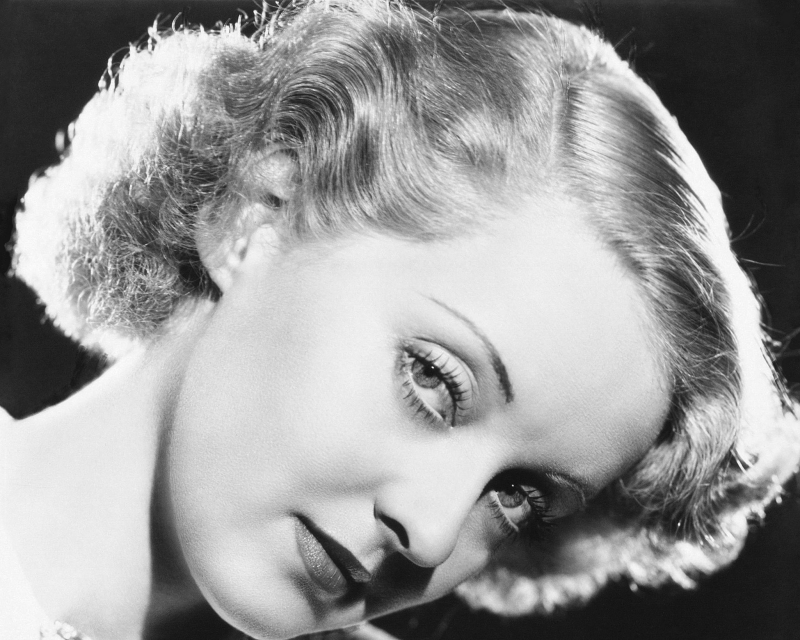
https://th.bing.com/ 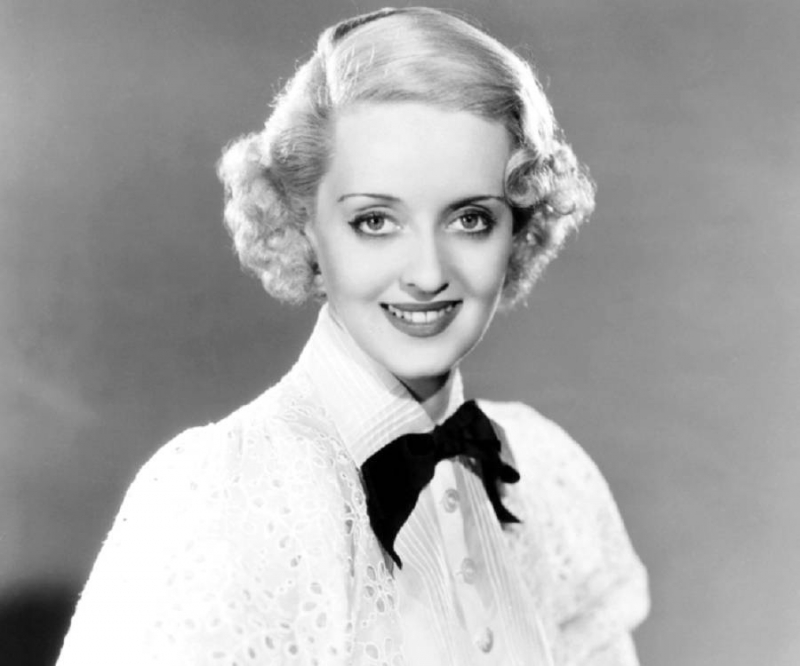
https://th.bing.com/ - The Fourth Warner Brother
-
Olivia Mary de Havilland was born on July 1, 1916 in Tokyo, Japan to British parents, former actress Lillian Augusta (Ruse) and British professor and patent attorney Walter August de Havilland. In the following year, her sister was born, Joan, who later became known as Joan Fontaine. Her surname is taken from her paternal grandfather, who was from Guernsey, Channel Islands. Her parents divorced when Olivia was three years old, and she moved to Saratoga, California with her mother and her sister. After graduating from high school, where she became a victim of acting, Olivia attended Mills College in Oakland. She participated in the school play "A Midsummer Night's Dream" while in Mills and was discovered by Max Reinhardt. It impressed Reinhardt, shooting both for his stage version and for Warner Bros.'s film version. 1935.
Olivia Mary de Havilland again impressed Warner management to sign her to a seven-year contract. Before the ink on her contract had dried, Olivia appeared in three more films: "The Irish Man in Us" (1935), "Alibi Ike" (1935) and "Captain Blood" (1935), the latter of which was The Man With Her. It is most closely related to her career. During their careers, she and Olivia appeared in eight films together. 1939, Warner Bros. loaned to David O. Selznick for the classic in Gone with the Wind (1939). Olivia, who played her lover Melanie Hamilton, was first nominated for an Academy Award for Best Supporting Actress, but she lost to one of her co-stars, Hattie McDaniel.
Born :July 1, 1916 in Tokyo, Japan
Died :July 26, 2020 in Paris, France (natural causes)
Birth Name Olivia Mary de Havilland
Nickname: Livvie
Height : 5' 3½" (1.61 m)
Oscars: 2
Oscar Nominations: 5
BAFTA Awards: 0
BAFTA Nominations: 0
Golden Globes: 2
Golden Globe Nominations: 3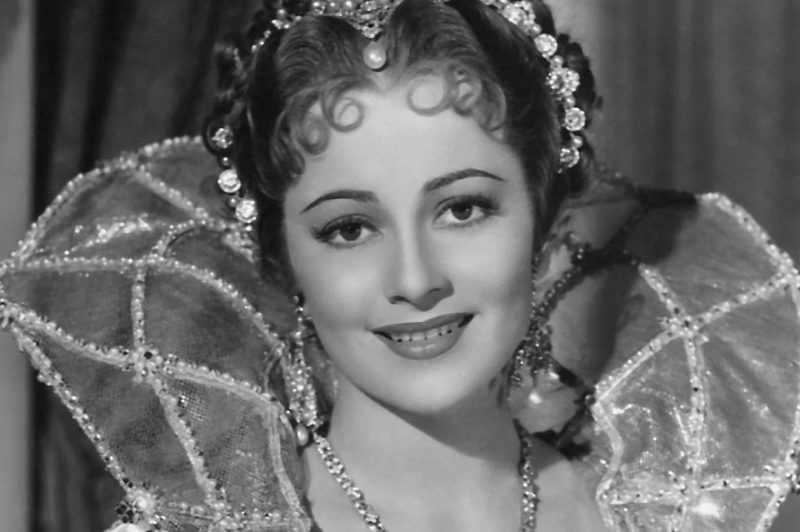
https://th.bing.com/ 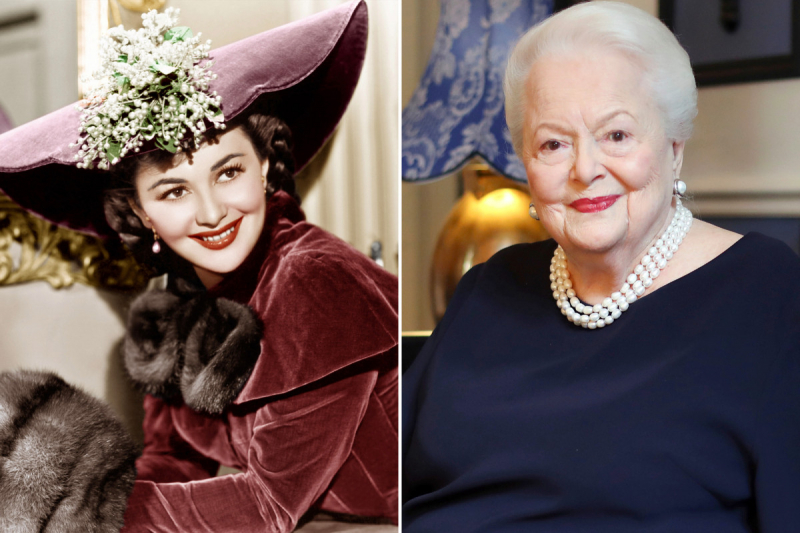
https://th.bing.com/ -
Vivian Mary Hartley was born on November 5, 1913 in Darjeeling, India. For the next six years she had to live in this beautiful country. Her parents wanted to return to England but decided to stay in India because of World War I. After the war, the Hartleys returned to their homeland, where Vivien's mother wanted her daughter to receive a monastic education. She was the youngest in the audience, and it wasn't a happy experience for her. One of the few comforts was his friendship with classmate Maureen O'Sullivan, who became a successful actress. There, her mother visited and took her to London's legendary West Side play. It was there that Vivienne decided to become an actress. In 1940 she directed two films, Waterloo Bridge (1940) and 21 Days Together (1940), but neither came close to being a GWTW self. In the same year, Vivienne married Olivier, and the following year she starred together in the film "This Woman is Hamilton" (1941).
Around the time the film "Caesar and Cleopatra" (1945) was filmed, her life began to unfold. She had two miscarriages, tuberculosis, and was diagnosed with bipolar disorder. However, she got another big role in this film, and although her film did not achieve financial success, her audiences still revered her. She rebounded well in the role of Blanche Dubois, who won her second Oscar in A Streetcar Named Desire (1951) with Marlon Brando in 1951. After that, little was heard of her about her. She directed the film Deep Blue Sea (1955) in 1955. Her marriage fell apart in 1960 when Olivier left her to marry actress Joan Ploright. Until 1961, she was the Mrs. Opposite of Warren Beatty. It reappeared on the screen in Stone's Roman Spring (1961).
Vivienne's final on-screen twist was in Ship of Fools (1965), and that was only a small part. She died on July 7, 1967, at the age of 53, after developing severe tuberculosis.
Born: November 5, 1913 in Darjeeling, Bengal Presidency, British India [now West Bengal, India]
Died: July 8, 1967 in Belgravia, London, England, UK (chronic tuberculosis)
Birth Name: Vivian Mary Hartley
Nickname: Vivling
Height 5' 3" (1.6 m)
Oscars: 2
Oscar Nominations: 2
BAFTA Awards: 1
BAFTA Nominations: 1
Golden Globes: 0
Golden Globe Nominations: 1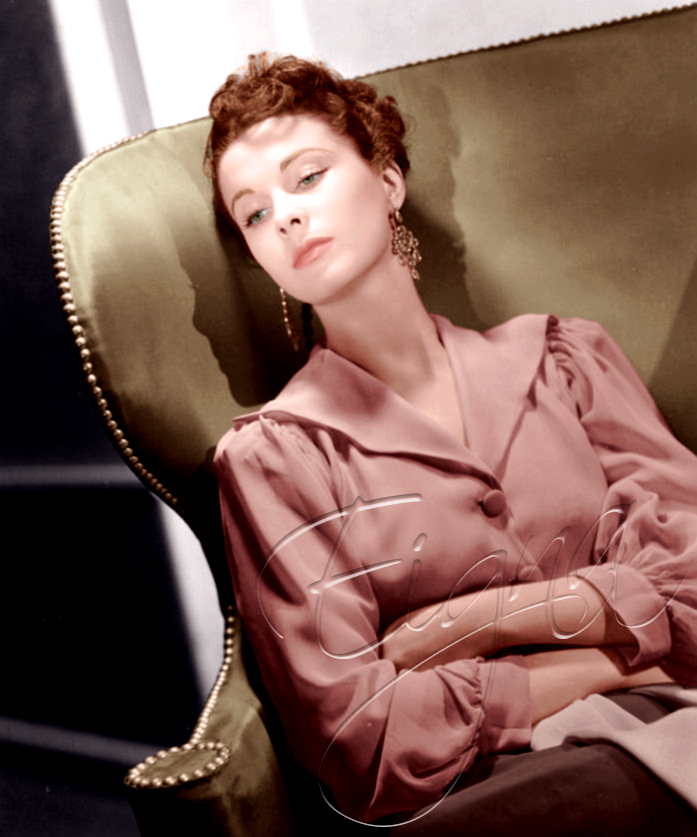
https://th.bing.com/ 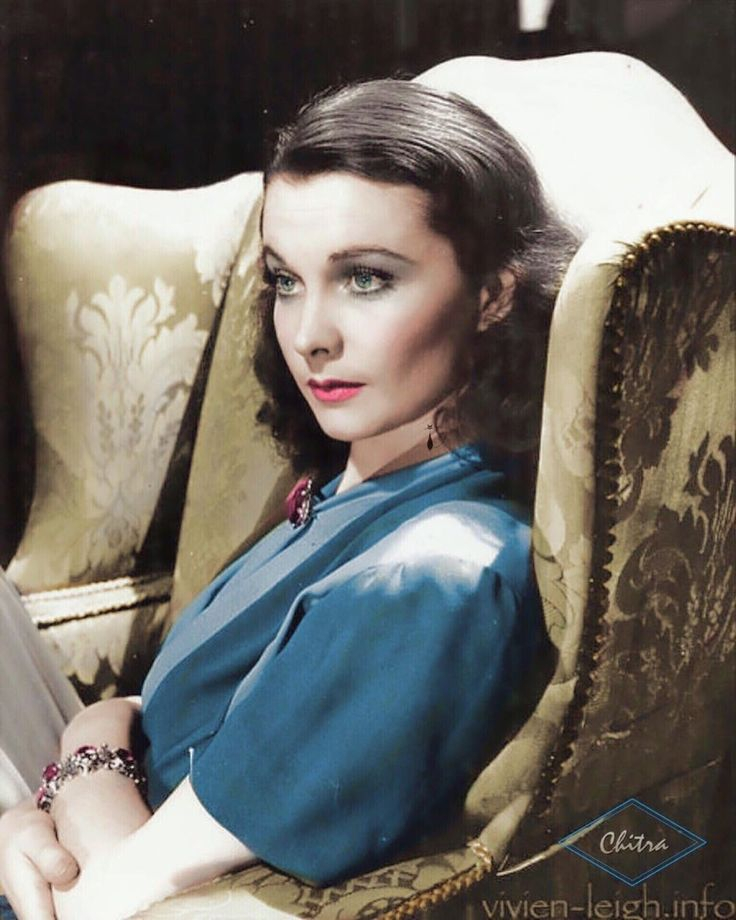
https://th.bing.com/ -
Audrey Hepburn was born Audrey Kathleen Ruston on May 4, 1929 in Ixelles, Brussels, Belgium. Her mother, Baron Ella Van Heemstra, was a Dutch noblewoman and her father, Joseph Victor Anthony Ruston, was born in Úzice, Bohemia, to English and Austrian children. After her parents' divorce, Audrey moved with her mother to London, where she attended a private girls' school. She later attended a private school when her mother returned to the Netherlands. Hitler's army occupied the city while she was on her vacation with her mother in her Arnhem in the Netherlands. Here she went through difficult times during the Nazi occupation. Audrey suffered from depression and malnutrition.
After her release from Nazi occupation, she was awarded a scholarship, and she began her modeling career at the Ballet School in London. As her model, she was elegant, and she seemed to find a niche in her own life until the arrival of a filmmaker. In 1948, after her producer saw her as her model, she won her cameo role in the European film The Dutchman in Seven Lessons (1948). She later played the role of Eva Lester in the 1951 film A Tale of Young Wives (1951). Since her role was still small, she went to America to try her luck. Audrey immediately rose to fame in America for her role in "Roman Holiday" (1953). The film was a huge success, and she won an Academy Award for Best Actress.
Born: May 4, 1929 in Ixelles, Brussels, Belgium
Died: January 20, 1993 in Tolochenaz, Vaud, Switzerland (appendiceal cancer)
Birth Name: Audrey Kathleen Ruston
Nickname: Edda van Heemstra
Height: 5' 7" (1.7 m)
Oscars: 1
Oscar Nominations: 5
BAFTA Awards: 3
BAFTA Nominations: 5
Golden Globes: 1
Golden Globe Nominations: 9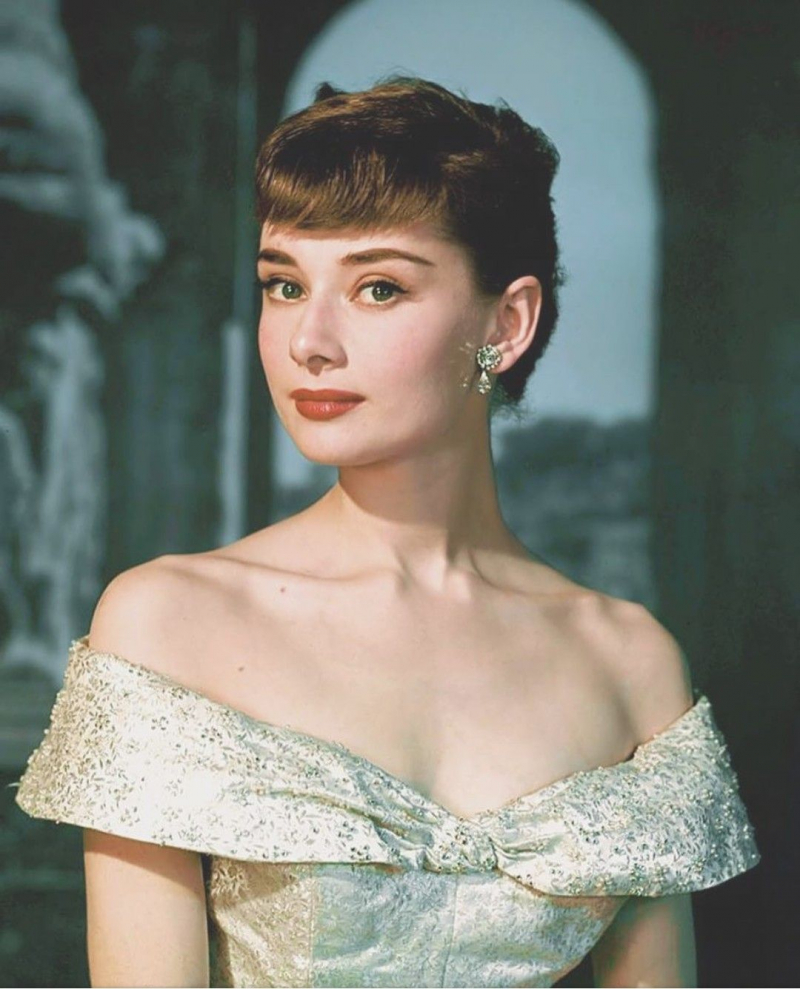
https://th.bing.com/ 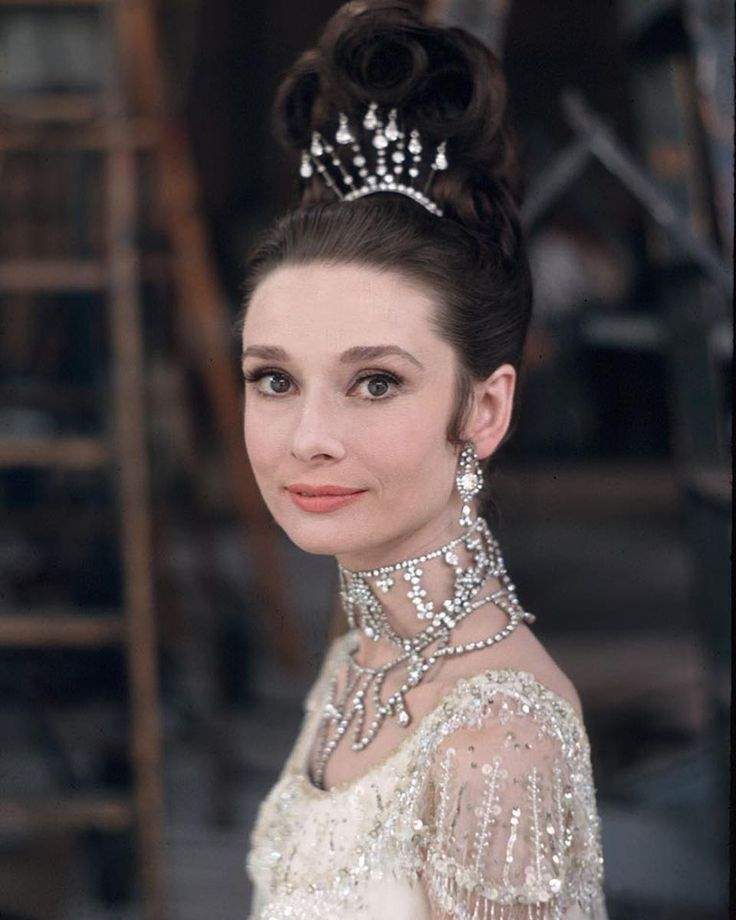
https://th.bing.com/ -
Eileen Evelyn Greer Garson was born on September 29, 1904 in London, England to George Garson and Nancy Sophia (Greer), commercial clerks. She is of Scottish and Ulster-Scottish descent, and Garson showed little interest in her career as an actress. After she studied at the University of London with the intention of becoming a teacher, she decided to work for an advertising agency instead. Outside of her working hours, she appeared in local theater productions, gaining a reputation as a very talented and charismatic performer. While producing Old Music, Garson was offered a studio contract by Louis B., MGM's vice president of production. When Mayer visits London in search of new talent. Garson's earliest film to feature this arrangement was the hugely popular Farewell Mr. For Chips (1939), she was the first of six nominations for an Academy Award for Best Actress. In the following year, Greer would see her as Elizabeth Bennett in her famous film Pride and Prejudice (1940). In 1941, she received a second nomination for her role as Edna Gladney in Blossom in the Dust (1941), but for her role in which she would forever be known as Mrs. Despite the propaganda of Mrs Miniver (1942), it was impressive. In fact, she won an Oscar for her best actress.
For the role of Marie Curie in Madame Curie (1943), she would be nominated for another nomination, as will Mrs. Parkington (1944) next year. Any movie in which she appeared would automatically start to feel like she was going to succeed. Of course, in 1945 she got another nomination for the role of Mary Lafferty in the Valley of Decisions (1945). However, Garson began to annoy her with the continual flow of her role in her "noble woman," who had cast her in her studio. MGM felt they had a winning formula and couldn't find a compelling reason to change it. With her two standard seven-year contract extensions, she stayed at MGM until 1954, and by her agreement left the only studio she knew. In 1946, Greer appeared in Adventure (1945), but she failed at the box office. She said that 1947's Desire Me (1947) was equally disastrous. The downtrend was finally stopped with the hit of This Woman Forsyte (1949). In the following year, she reprized her role as "Key Miniver" in A Minivan Story (1950), but it was not surprising that her character died suddenly of cancer and was played by an audience.
Born: September 29, 1904 in London, England, UK
Died: April 6, 1996 in Dallas, Texas, USA (heart failure)
Birth Name: Eileen Evelyn Greer Garson
Nickname: Duchess
Height: 5' 6" (1.68 m)
Oscars: 1
Oscar Nominations: 7
BAFTA Awards: 3
BAFTA Nominations: 7
Golden Globes: 1
Golden Globe Nominations: 1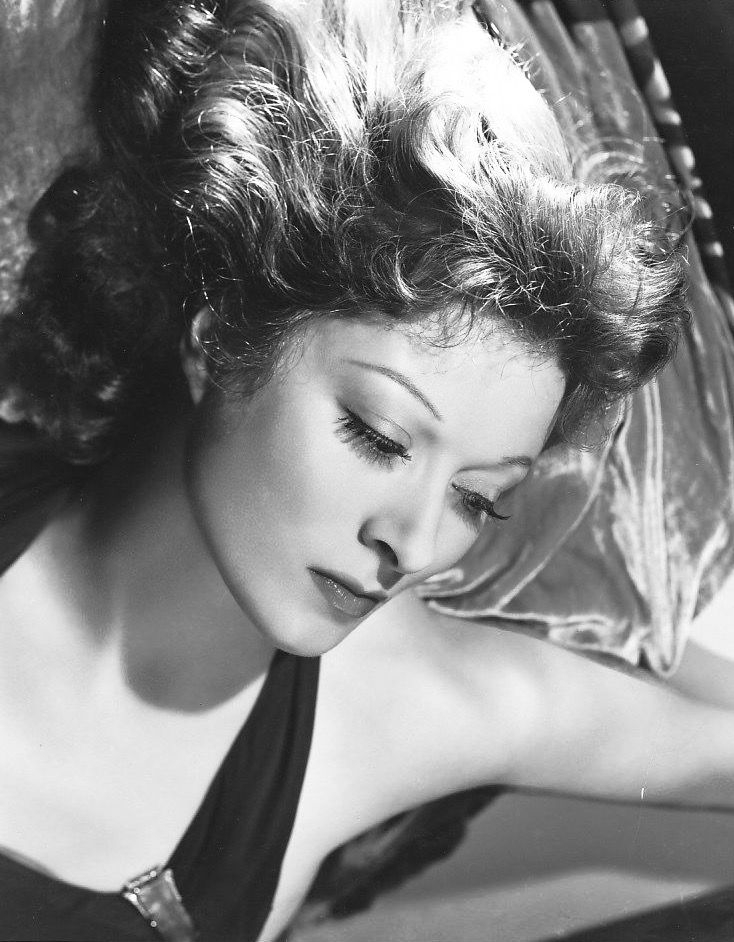
https://th.bing.com/ 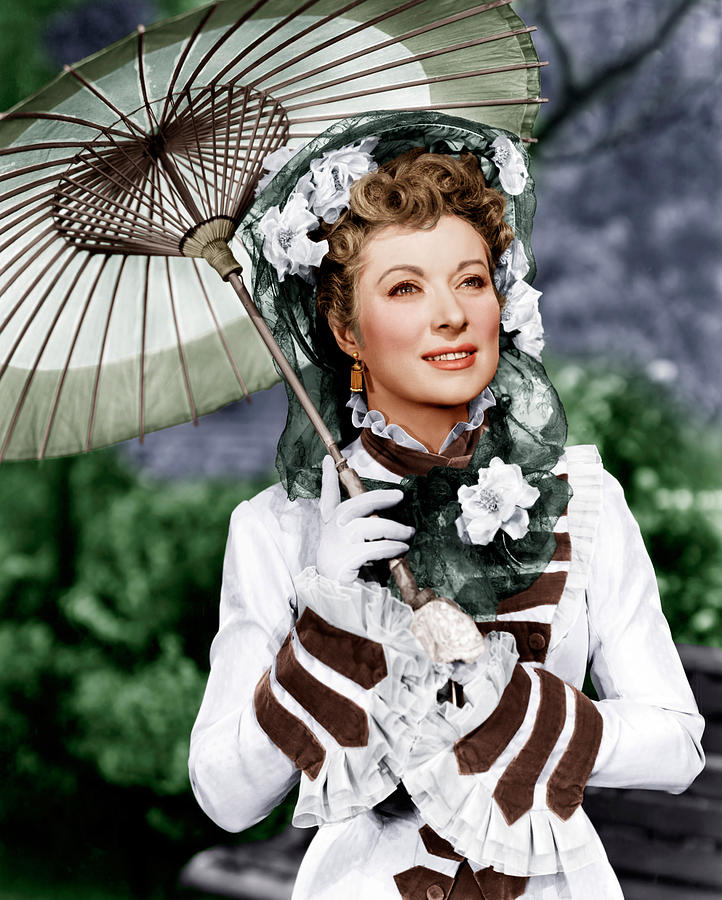
https://th.bing.com/ -
Susan Hayward was born Edith Marenor on June 30, 1917 in Brooklyn, New York. Her father was a transporter and her Susan lived quite comfortably in her childhood, but her precocious little redhead had no idea about the life that awaited her. ... She attended a public school in Brooklyn, where she graduated from a commercial high school designed to equip her students with market skills. She planned to become a secretary, but her plans changed. Furthermore, she started modeling for photographers in New York. In 1937, when her beauty was in full bloom, she was on her way to Hollywood when people were looking across the country to play the role of Scarlett O'Hara in Margaret Mitchell's Gone with the Wind (1939).
But Susan had to earn her fame in Hollywood circles. In 1937, she got a cameo role in The Hollywood Hotel (1937). The plot role continued throughout 1938, with Susan particularly playing students, telephone operators, and aspiring actors. She didn't like these cameo roles, but she also understood that she had to "pay a due". In 1939, she finally got the role of Isobel Rivers in the hit action film Beau Geste (1939). In 1941, she played Millie Perkins in the original thriller Living Alive (1941). This quirky little film first showed Hollywood Susan's important dramatic qualities. She then played the Southern beauty in Cecil B. DeMille's Reap Wild Wind (1942), one of her director's greatest successes, and once again featured her character as an actress.
Following this film, she played Tana Mason, a tough girl, along with Paulette Goddard and Fred McMurray in Forest Rangers (1942). Although she continued to showcase her talent in films such as Jack London (1943), Now Tomorrow (1944) and Deadline at Dawn (1946), she still didn't get the meaningful role she had dreamed of. But in 1947 she did, and this time she won the first of five Academy Award nominations for the role of Angelica Evans in Smash-Up: A Woman's Story (1947).
Born: June 30, 1917 in Brooklyn, New York City, New York, USA
Died: March 14, 1975 in Hollywood, Los Angeles, California, USA (brain cancer)
Birth Name: Edythe Marrenner
Nicknames- Red
- The Brooklyn Bombshell
Height: 5' 3" (1.6 m)
Oscars: 1
Oscar Nominations: 5
BAFTA Awards: 0
BAFTA Nominations: 2
Golden Globes: 1
Golden Globe Nominations: 2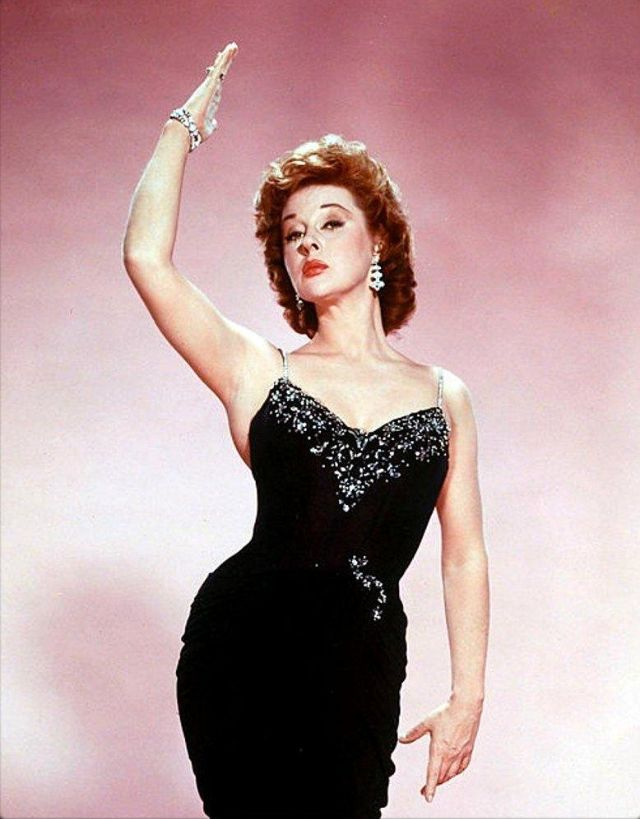
https://th.bing.com/ 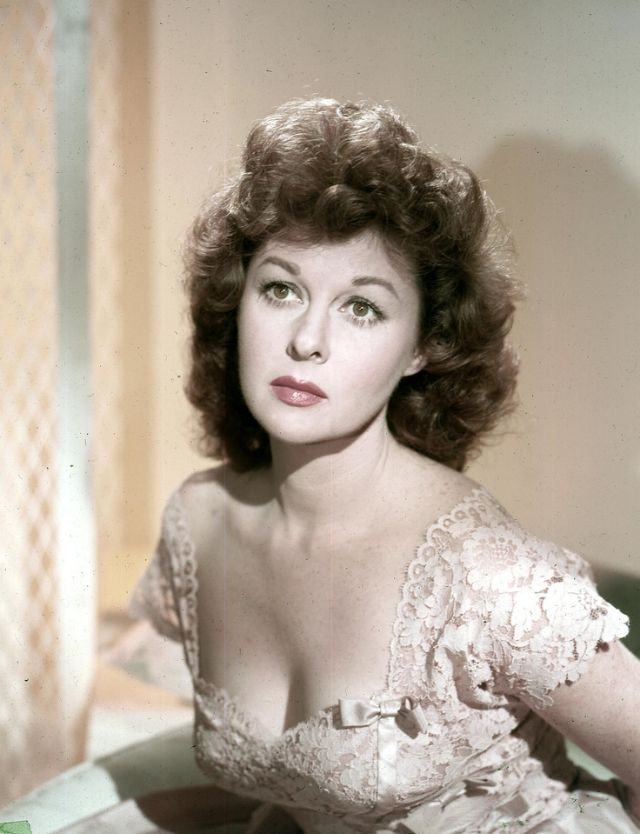
https://th.bing.com/ - Red
-
Elizabeth Rosemond Taylor was considered one of the last if not the last big stars to come out of the old Hollywood studio system. She was known all over the world for her beauty, especially her purple eyes. She has been attracting public attention since her childhood and has been informed the world ever since.
Taylor was born on February 27, 1932 in London, England. Although she was born British, her parents Sarah Sautern (née Sarah Viola Warmbrodt) and Frances Lenn Taylor were American art dealers from St. Louis, Missouri (her father went to London to open a gallery). Her mother was an actress on stage, but she abandoned this vocation when she got married. Elizabeth lived in London until she was seven years old. Then her family left for the United States, and in 1939 the clouds of war began to lift over Europe. They sailed without her father left to do the art business.The family moved to Los Angeles, and Mrs. Taylor's family also moved there. Mr. Taylor followed shortly thereafter. A family friend saw the amazingly beautiful little Elizabeth and offered her a screen test. Her tests impressed the executives of her Universal Pictures, which signed her with her. Her first screening was One Born Every Minute (1942), released when she was 10 years old. Universal canceled her contract after one of those films, but Elizabeth soon took over MGM. Her first film she shot at this studio was Lassie Come Home (1943), and it was thanks to this film that MGM signed a one-year contract with her. She had small roles in two films, White Cliffs of Dover (1944) and Jane Eyre (1943) (the first was filmed while rented to 20th Century Fox). Then came the picture that made Elizabeth her star: MGM's National Velvet (1944). She played Velvet Brown opposite Mickey Rooney. The film was a hit, grossing over $4 million. Elizabeth now has a long-term contract with MGM and was her primary child star. In 1945, she did not appear in a film, but returned to the 1946 film "The Courage of Lash" (1946) with another success. In 1947, when she was 15, she starred in Life with Father (1947) with heavyweights such as William Powell, Irene Dunn, and Zasu Pitts, which was one of the highest-grossing hits of the year. She also starred in the film ensemble Little Women (1949), which was also a huge box office success.
Born: February 27, 1932 in Hampstead, London, England, UK
Died: March 23, 2011 in Los Angeles, California, USA (congestive heart failure)
Birth Name: Elizabeth Rosemond Taylor
Nicknames:- Liz
- Kitten
- La Liz
Height: 5' 4" (1.63 m)
Oscars: 2
Oscar Nominations: 5
BAFTA Awards: 1
BAFTA Nominations: 3
Golden Globes: 1
Golden Globe Nominations: 4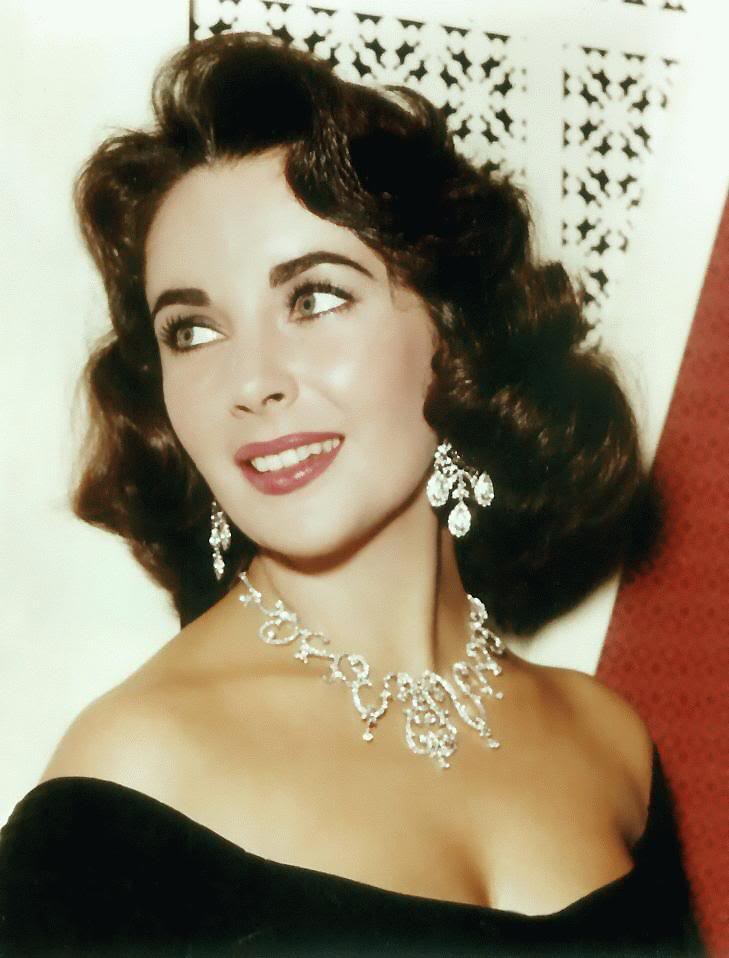
https://th.bing.com/ 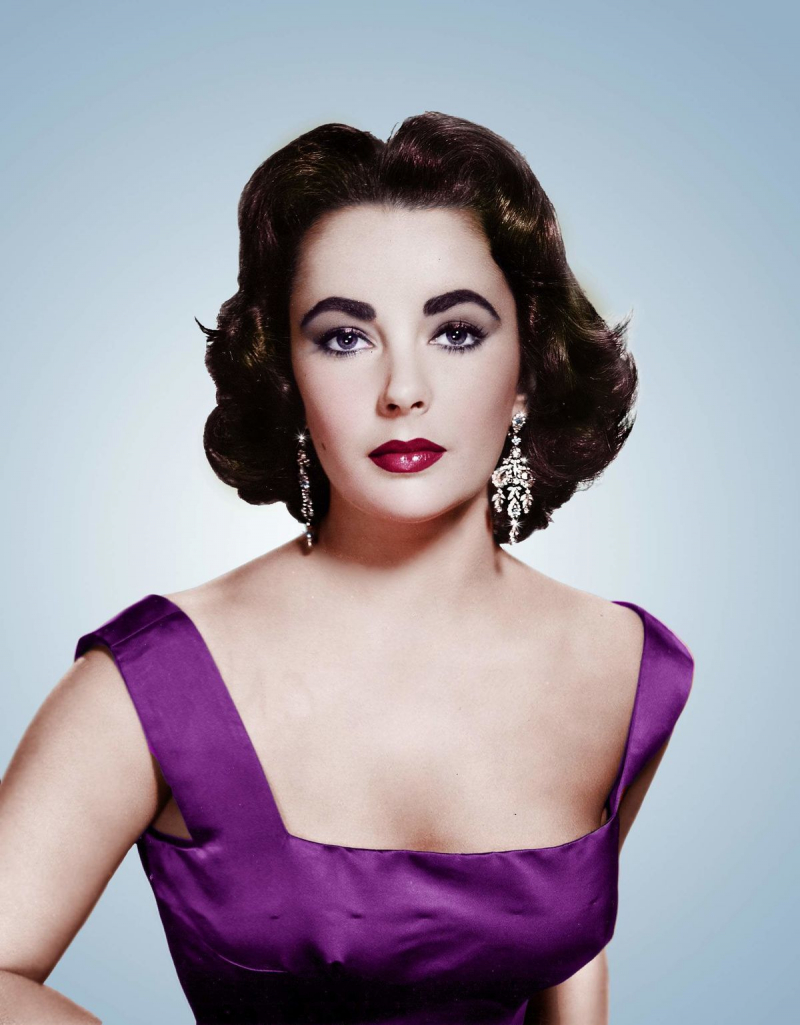
https://th.bing.com/ - Liz












